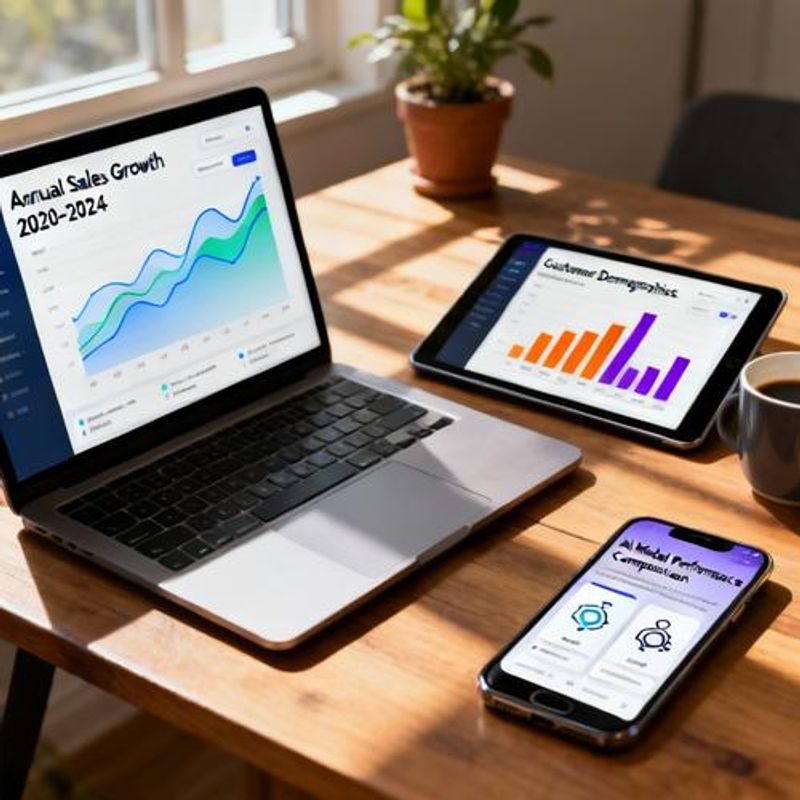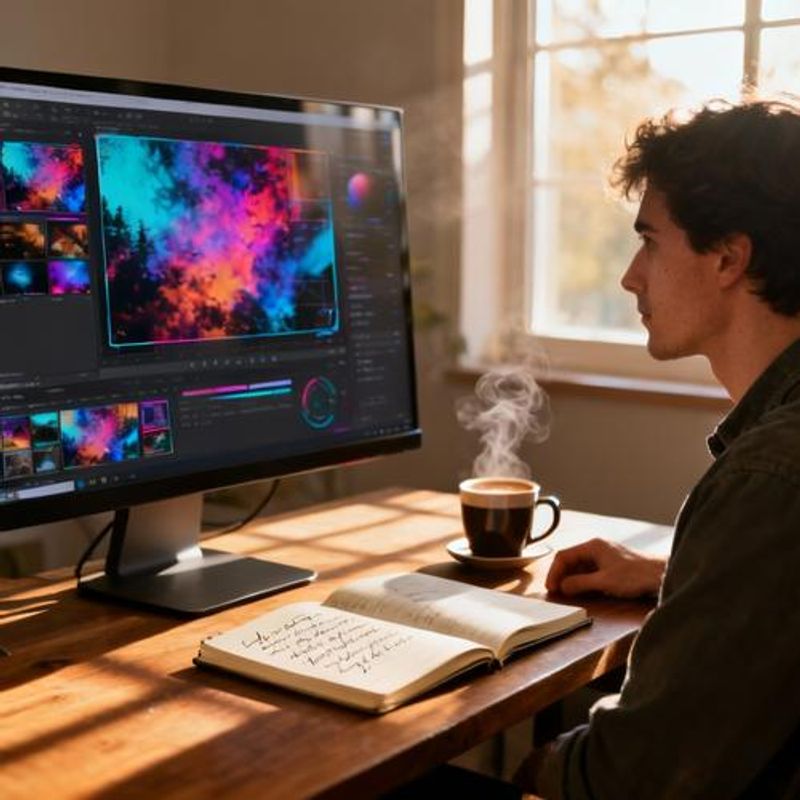Complete Guide to AI Answer Picture Generator: Transform Your Content Creation Process in 2024

Creating compelling visual content that answers your audience's questions shouldn't drain your creative energy or budget. AI answer picture generators are revolutionizing how content creators produce educational visuals, infographics, and explanatory images in minutes rather than hours. This comprehensive guide will show you exactly how to leverage these powerful tools to transform your content creation workflow and engage your audience with professionally-designed visual answers.

Why Visual Answers Matter More Than Ever
Visual content receives 94% more views than text-only content, yet most content creators struggle with the time and cost of creating professional visuals. Whether you're a blogger, social media manager, educator, or marketing professional, you're likely facing the same challenge: your audience craves visual explanations, but traditional design tools require either significant time investment or expensive outsourcing. AI answer picture generators bridge this gap by enabling anyone to create informative, visually appealing graphics that directly address common questions and pain points.
What You'll Learn: Key Takeaways
By the end of this guide, you'll have a complete roadmap for implementing AI answer picture generators in your content strategy:
- How to choose the right AI picture generator for your specific content needs
- Step-by-step process for creating engaging visual answers that drive engagement
- Advanced prompting techniques that produce professional-quality results
- Integration strategies for different content platforms and formats

Choosing Your AI Answer Picture Generator
Not all AI picture generators are created equal when it comes to creating educational and explanatory content. Focus on platforms that excel in text integration, data visualization, and customizable templates. Look for tools that offer prompt engineering capabilities, allowing you to specify not just visual elements but also the educational context and target audience. The best generators for answer-focused content typically include features like automatic text overlay, icon libraries, and the ability to create step-by-step visual guides.
Step-by-Step Creation Process
Start by identifying the specific question or problem your visual will address. Research shows that question-based content performs 3x better than generic informational graphics. Next, structure your prompt with three key components: the core question, the visual style preferences, and the target audience context. For example, instead of asking for 'a picture about email marketing,' request 'an infographic explaining the 5-step email automation process for small business owners, using a clean, professional style with icons and minimal text.' Always specify the intended use case - whether it's for social media, blog posts, or presentations - as this influences the optimal dimensions and visual hierarchy.
Ready-to-Use Prompt Templates
Here are proven prompt frameworks you can adapt for your content: 'Create an infographic that answers [specific question] for [target audience], using [visual style] with [number] key points, optimized for [platform/use case].' For process explanations: 'Design a step-by-step visual guide showing how to [accomplish task], including icons for each step and brief explanatory text, suitable for [beginner/intermediate/advanced] users.' For comparison content: 'Generate a side-by-side comparison chart highlighting the differences between [option A] and [option B], focusing on [key criteria], using colors that convey [desired emotion/brand feeling].'

Common Pitfalls and How to Avoid Them
The biggest mistake content creators make is treating AI picture generators like magic wands rather than sophisticated tools requiring strategic input. Vague prompts produce generic results that won't resonate with your specific audience. Always avoid prompts like 'make it look good' or 'create something engaging.' Instead, be specific about colors, layout preferences, and the emotional tone you want to convey. Another common error is neglecting to specify the text hierarchy and readability requirements - what looks great in the generator might be unreadable when compressed for social media. Finally, remember that AI-generated content should complement your brand voice, not replace your unique perspective.
Integration Strategies for Maximum Impact
Creating the visual is only half the battle - strategic integration amplifies your results. For blog content, position your AI-generated answer pictures at natural breaking points where readers typically lose interest. In social media, use them as carousel slides that can stand alone while building toward a comprehensive answer. Email marketing benefits from answer-focused visuals that preview the value of clicking through to your full content. Consider creating visual answer series that build audience anticipation - instead of one comprehensive infographic, develop a sequence of related images that encourage followers to engage with your entire content ecosystem.
Your Next Steps: Implementation Roadmap
Start implementing AI answer picture generators this week by identifying your three most frequently asked audience questions. Create one visual answer for each using the prompt templates provided above. Test different AI platforms to find the one that best matches your brand aesthetic and content needs. Track engagement metrics to identify which visual styles and answer formats resonate most with your audience. Remember, the goal isn't to replace human creativity but to amplify your ability to serve your audience with timely, visually compelling answers that drive meaningful engagement and establish your authority in your niche.